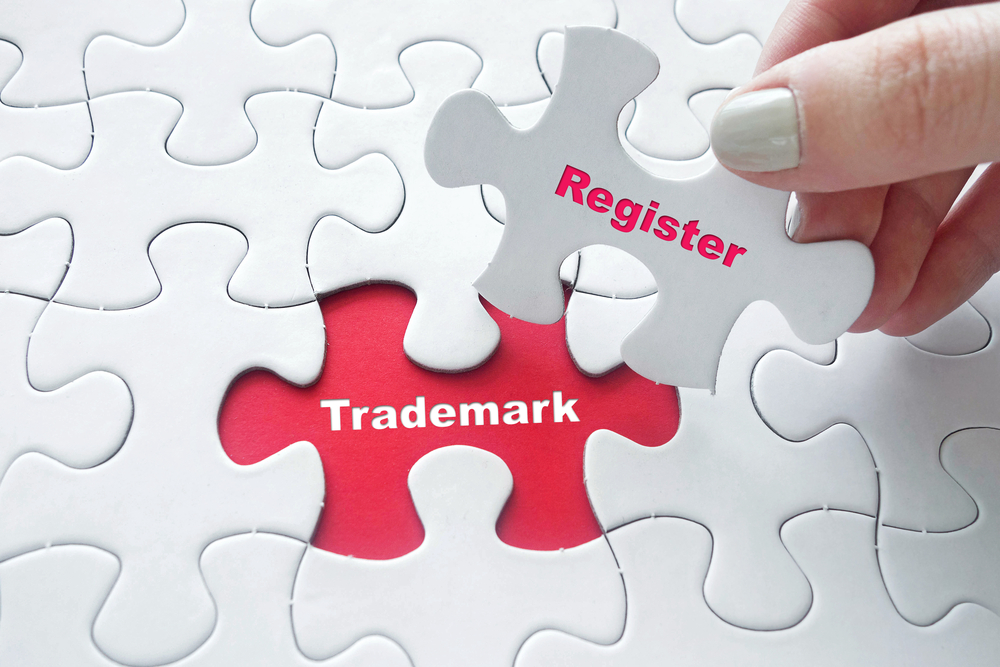How to trademark a logo in the UK
In this post, Castle’s Head of Branding & Design Pete Richardson talks you through the vital process of how to trademark a logo in the UK.
A trademark (sometimes spelt “trade mark”) is an essential part of protecting the brand identity of your business. It allows you to take control of the way your products or services are presented to and identified by customers – your logo being a major example. Trademarking your logo is extremely important; doing so will ensure that nobody else can steal or in any way misuse this central element of your brand.
In this post, I’ll be discussing some general points around what trademarks are and why they’re so important to your business. Then, I’ll talk you through the process of how to trademark a logo in the UK.
What is a trademark?
Though most of us are familiar with the word – and we can all no doubt think of examples – trademarks can be quite difficult to define.
At the most basic level, a trademark is a type of intellectual property. It can be an image, sound, words, it can be a visual element, it can even be a colour. Whatever it is, it is usually trademarked in relation to a particular product or service that a business offers. A trademark is a way of identifying your products or services clearly to customers and distinguishing them from those offered by another trader.
So, in sum, a trademark is a means of safeguarding the identifying images, expressions or sounds that a business uses. It prevents anyone else from harming elements of your brand or using them for their own benefit.
Obviously, one of the most important things that a business needs to trademark is its logo. A logo is intended as a visual identifier of your business and sits at the centre of your branding – therefore it is particularly important that it is protected from misuse or theft.

How to trademark a logo in the UK?
In order to trademark a logo, you’ll need to apply to the government. Your application should specify exactly what you’re seeking to trademark – so, if you’re trademarking a logo, you would submit the logo file itself to the government, asking for that to be trademarked against your business.
It can take up to 8 weeks for you to hear back about the application. During this time, the trademark is assessed against various rules about what can or cannot be trademarked, and it is also opened up to objections from others. For instance, someone may consider your trademark to be too similar to one they own and object on this basis.
If nobody objects and there are no issues that emerge within those 8 weeks, then you’ve got an approved trademark and you can start using that with the knowledge that no one else will be able to use it on their own behalf.

Does or can a trademark expire?
Once you’ve successfully trademarked your logo, that, unfortunately, doesn’t mean you can simply forget all about it. Trademarks have an expiry time of ten years and need to be renewed. You can apply to renew your trademark within a six-month period prior to the end of the ten years. If you fail to do so, your trademark will expire, and anyone can make use of it. That can be damaging to the look and feel of any business, take digital marketing for example – should your logo or name expire as a successful marketing agency – that is not a good look. Therefore, it is extremely important you remember to renew your trademarks in a timely fashion.
